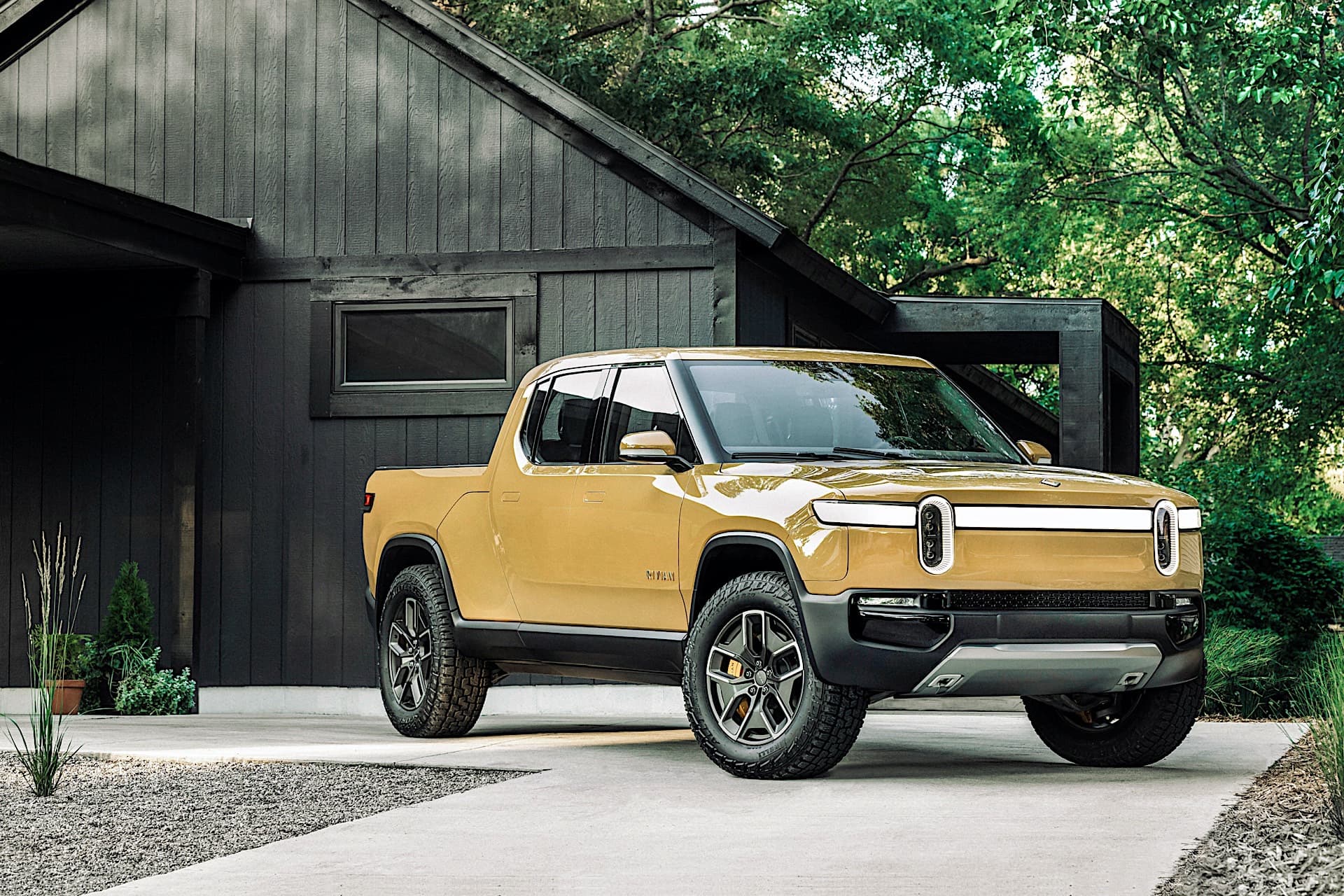Our own Bradley Brownell yesterday said that automakers need to embrace the working class with electric vehicles. Today, Ford gave us more details on the electric F-150.
So keeping up with the theme of affordability, how much should a working class pickup truck cost? Pickup trucks aren’t going to go away anytime soon, and reducing fleetwide greenhouse gas emissions from fleet trucks can move the needle on emissions. Fleet buyers don’t care about that. They care about the bottom line.
Ford says that an electric F-150 will be half as expensive to run and maintain as gasoline-powered truck. Putting aside which gasoline F-150 they’re referring to — the Raptor consumes way more fuel than the 2.7-liter EcoBoost — those are cost savings that fleet managers will care about.
Going to a full hybrid F-150, based on current pricing on Ford’s Build and Price tool, is a $3,300 upgrade over a base XLT model. No, a hybrid is not an electric, but it gives us a bit of an idea about how Ford values the electric part of the powertrain.
To be a success, the electric F-150 needs to start at $49,995 for an XLT. There could also be a fleet use electric F-150 XL model that starts at $44,995. Both of these prices would be before any federal, local, or state incentives.
That would put the premium over a gasoline-powered F-150 at around $9,000 for the XL model. While yes, that might be a big pill to swallow, the savings in maintenance and fuel would likely pay back within that first year or two of ownership.
If they’re spending $10,000 a year on fuel and maintenance and that gets cut to $5,000 a year, it’ll take close to the full two years to make it worthwhile, but if they’re keeping the truck 3-5 years they’ll experience a significant cost savings.
For home users, they’ll install a Level 2 SAE J1772 charger in their garage and have a “full tank” of energy every morning. That investment is around $1,500 for a home user. Businesses that are running fleet vehicles non stop will want to invest in a DC fast charger for quicker recharges. Those, plus installation, can be in the $75,000 range. But if they’re operating a bunch of trucks, they’re likely already operating their own fuel station. This would replace that, and the cost would amortize out over the fleet of vehicles.
If the payback is going to take two years or longer, fleet buyers will opt for what they know and what they’re used to. Priced well, it becomes a no brainer for a lot of buyers and that will increase sales, decrease emissions, and lower the price of battery technology for everyone.

